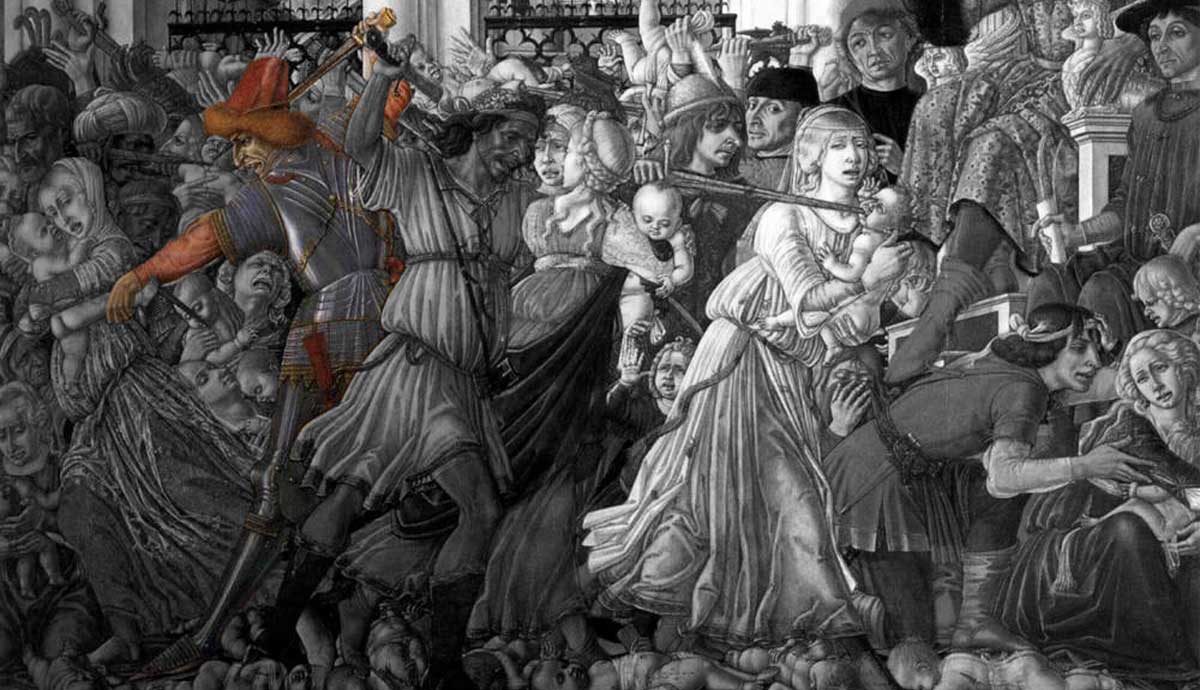
Dirk H. Breiding of the Department of Arms and Armor at the Metropolitan Museum of Art expertly explains in the space of a few brief paragraphs the national and regional armor styles in his essay Fashion in European Armor, 1400-1500. The following excerpts are taken from article: At the beginning of this period, by about 1420, the development of full plate armor--a defense enclosing almost the entire body with a system of steel plates articulated by rivets and leather straps--was complete. Regional and national fashions ...
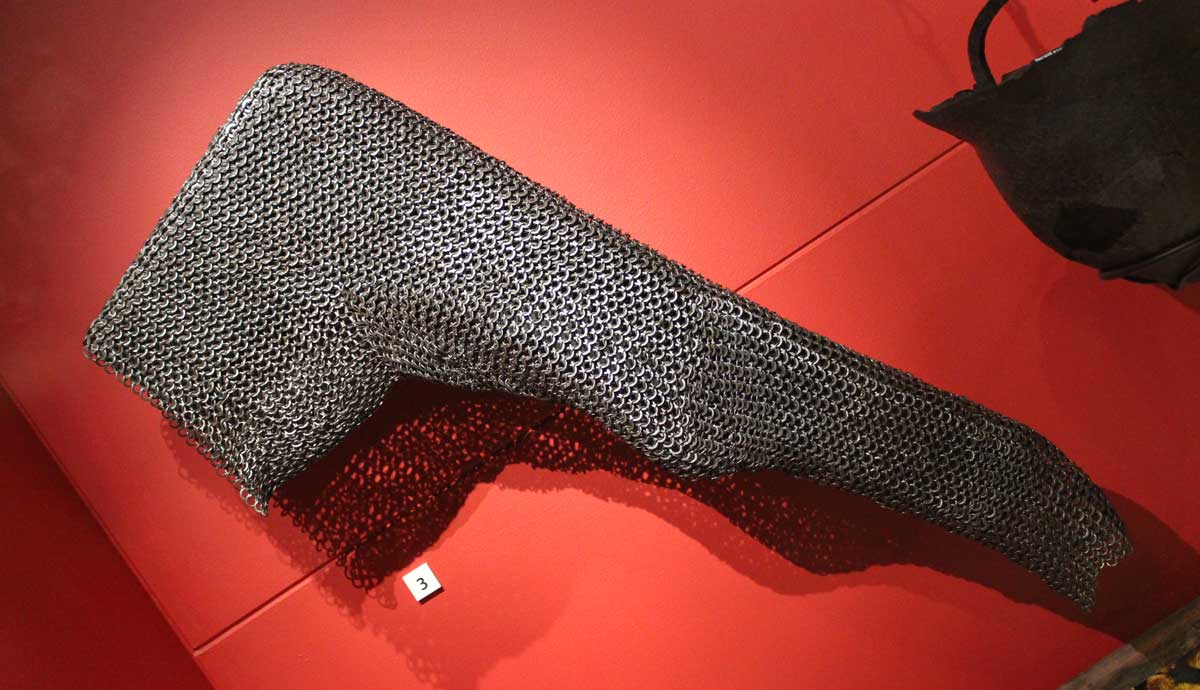
This pair of tailored mail sleeves were commissioned in 2018 and created by Nick Checksfield. Nick has been making and restoring mail since 1992. He is currently an educator at Windsor Castle but has worked in the past as a mail restorer at the Wallace Collection. Nick has also been seen as a mail subject expert in documentaries such as "Going Medieval" with Mike Loades. Nick has handled the originals in the Royal Armouries Collection at the Tower of London. They originals are constructed of 7mm riveted rings and have broad gussets ...

Regardless to how the crossbow was viewed on the battlefield, it was ever a high-status hunting weapon. Unlike the longbow, a crossbow could be kept fully spanned for a considerable amount of time. The crossbows of noblemen sometimes had a veneer of intricately-carved stag horn and/or elaborate patterned inlays. I recently commissioned a fifteenth-century hunting crossbow from Danilo "Tod" Todeschini of Tod's Workshop. Tod's expert craftsmanship is featured extensively in Mike Loades's bookThe Crossbow.
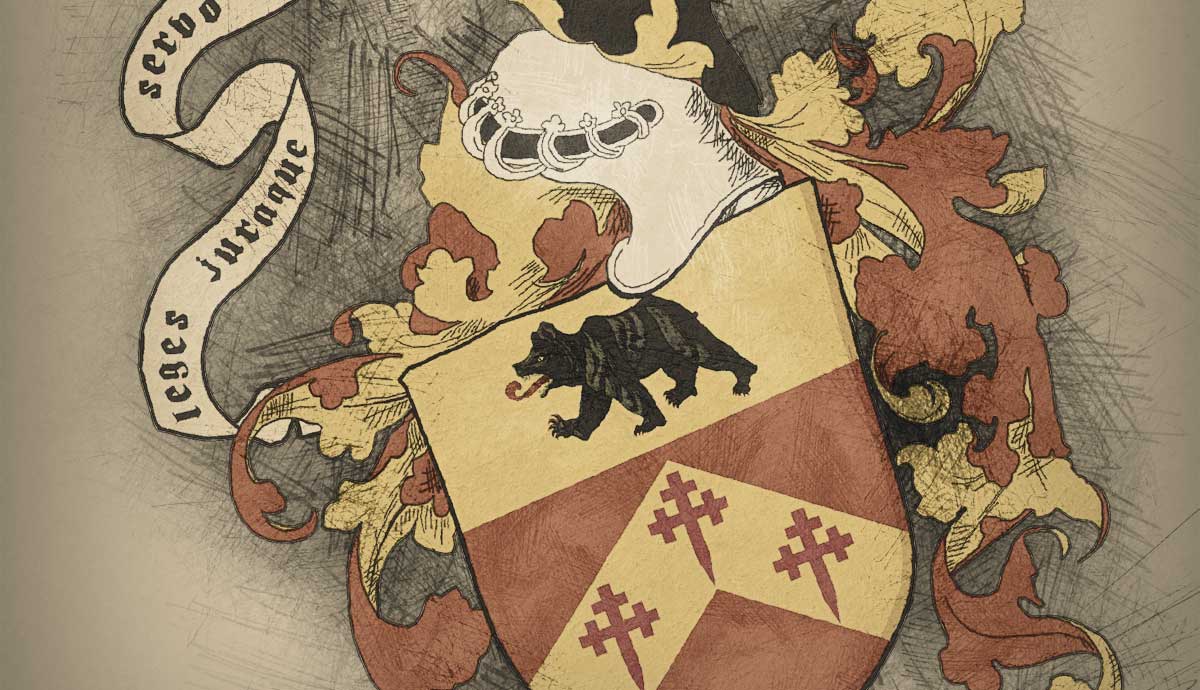
Every knight must have his own unique armorial to differentiate himself in the lists. The following is my assumed armorial achievement:
Arms: Gules, on a Chevron Or three cross crosslets fitchy of the first, on a chief of the second a Bear Sable passant langued and amred of the first.
Crest: A demi-bear Sable and langued gules holding between its forepaws a sword.
Motto: leges juraque servo. I service justice and the law
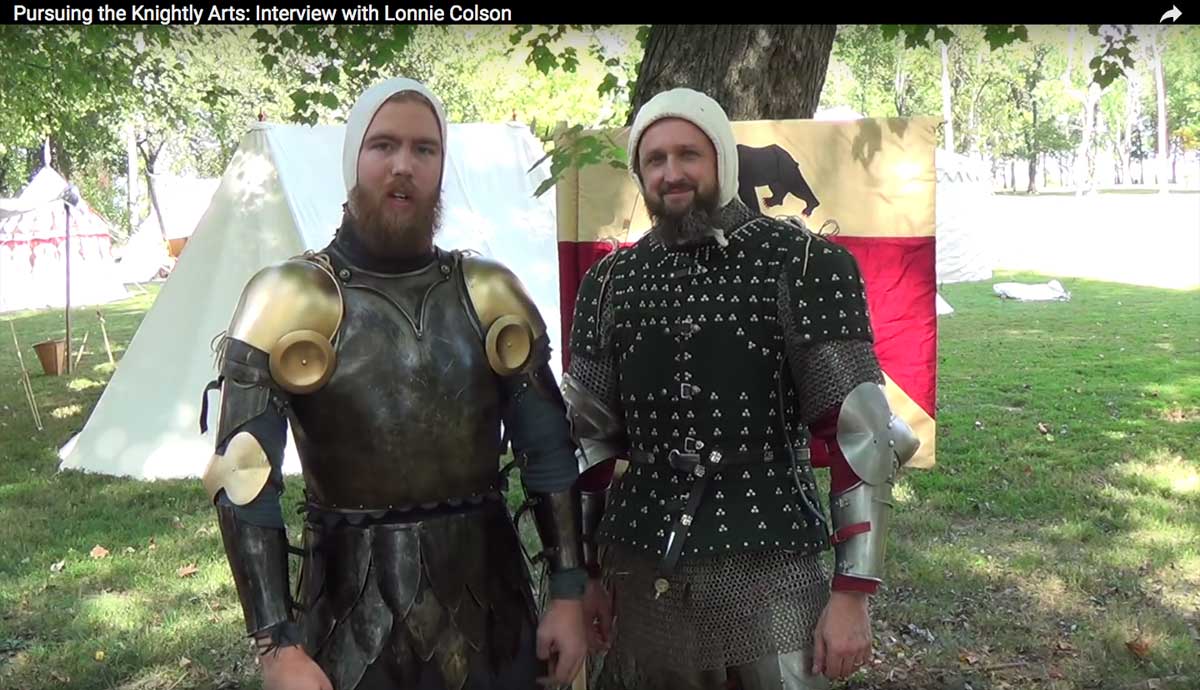
Last month I joined scores of other medieval re-enactors at the Oak Grove War Memorial Walking Trail, site of this year's The Days of Knights event. The mile-long trail weaves in and around a wooded park that serves as a frisbee golf course. The encampment was laid out chronologically along the trail like a visual timeline of European history from the Vikings to the early Renaissance. It was also my first opportunity to meet a number of well-known personalities from Facebook and YouTube. Among them were Ian LaSpina of Knyght Errant, ...
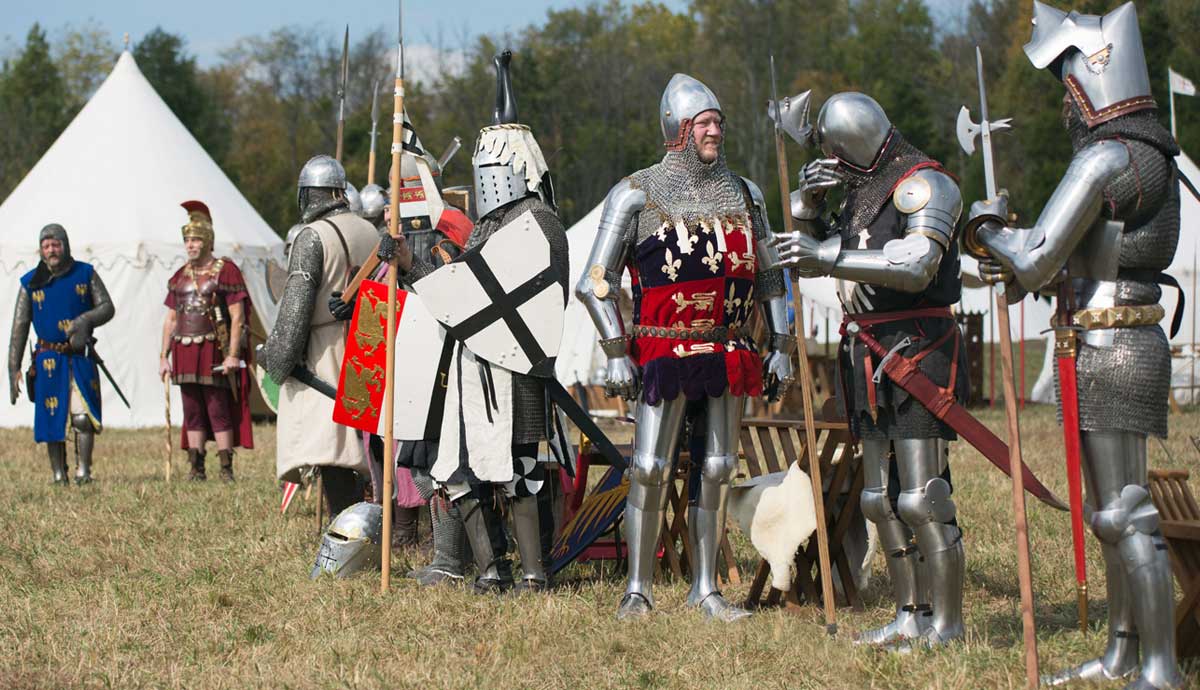
Several months ago I made a fairly important resolution for 2017. This was not one of those half-hearted pledges to give up some enjoyably bad habit most people make on New Year’s Day only to succumb to temptation a few hours later. To be fair, like more than a few other resolutions I have previously made, there was not exactly a considerable amount of critical thinking involved. Nevertheless, it would require a major personal commitment to accomplish: I was going to the Days of Knights this year. Several months ago I made a decision ...
